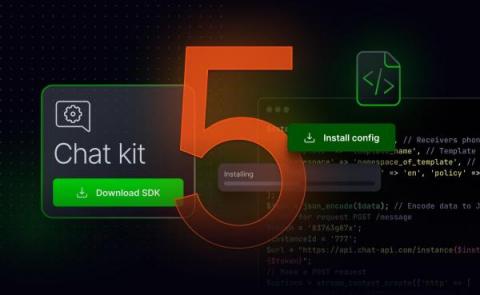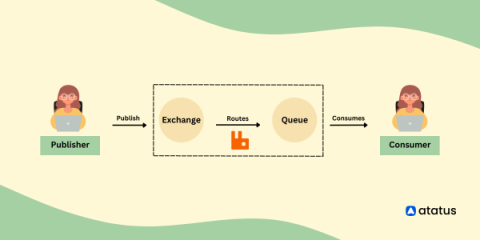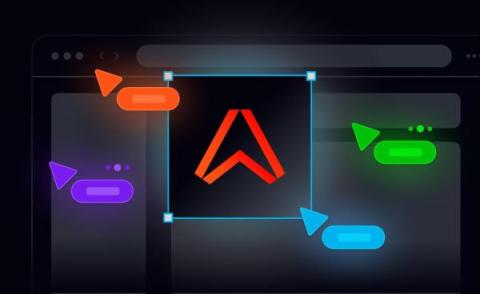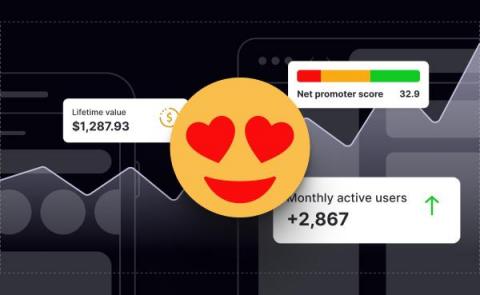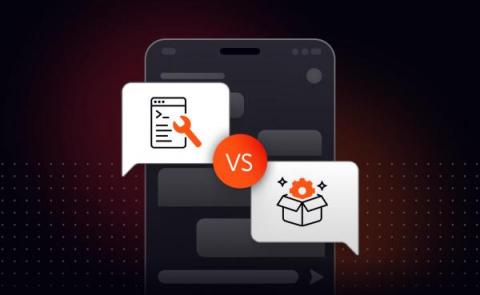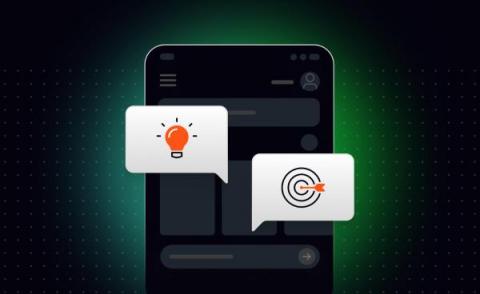How to increase active users (MAU and DAU)
According to UBS, ChatGPT was the fastest growing consumer application in history. In just two months it went from launch to 100 million monthly active users. That led to a cultural and technological impact that saw Microsoft invest billions in the product’s parent company. But even if your product doesn’t break records, knowing the number of active users can help you understand its product/market fit, the impact of the changes you make, and how well the product retains user loyalty.


